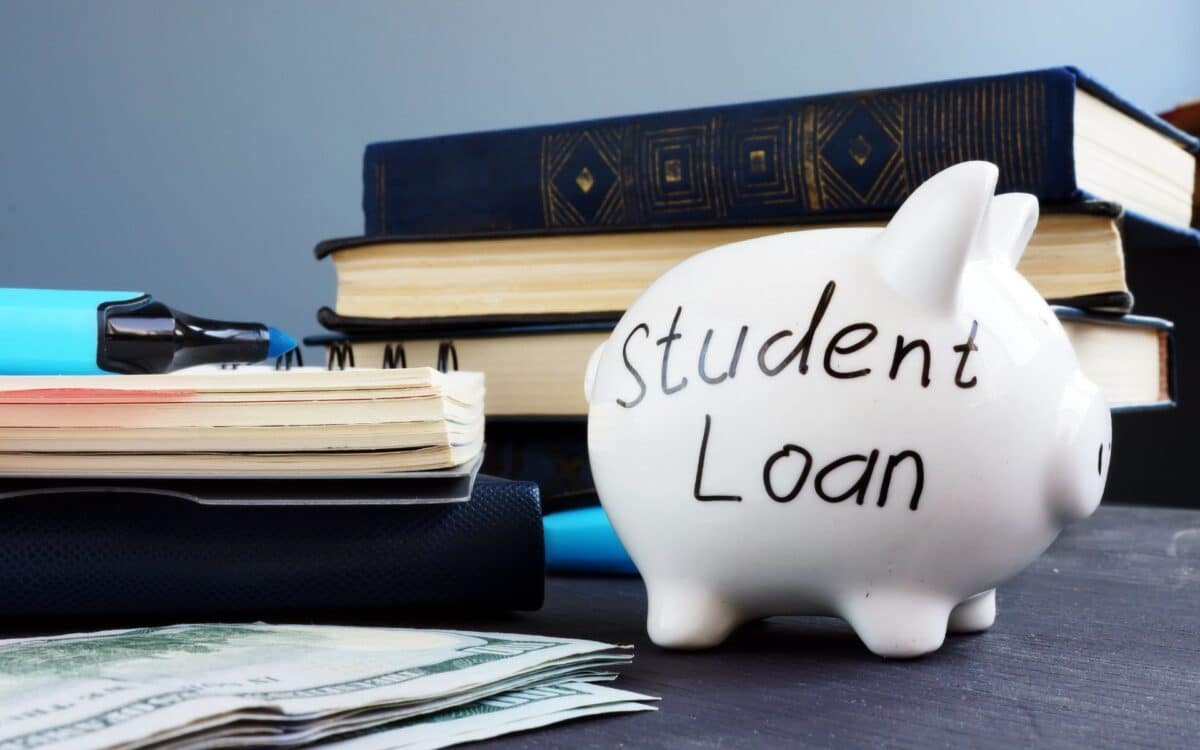The landscape of student loan forgiveness has shifted significantly under the Trump administration.
In contrast to the Biden administration, which made headlines with frequent announcements of student debt forgiveness, the policies under Trump have focused on restricting or reworking many key forgiveness programs for federal student loan borrowers.
This change has left many individuals concerned about the future of their loans and their eligibility for forgiveness options.
According to NBC News, various legal challenges and executive orders have reshaped how borrowers navigate the complex world of student loan repayment and cancellation under the current administration.
Public Service Loan Forgiveness (PSLF)
One of the most talked-about forgiveness programs, Public Service Loan Forgiveness (PSLF), remains intact under Trump. PSLF allows many not-for-profit and government employees to have their federal student loans canceled after 10 years of qualifying payments.
However, recent changes in the administration have sparked concern among borrowers.
In March, President Trump issued an executive order that could limit eligibility for PSLF, particularly targeting certain organizations.
While the program remains active for now, experts suggest that any potential changes to PSLF would likely require congressional approval and may not be retroactive, meaning that past qualifying work should still count.
As Malissa Giles, a consumer bankruptcy attorney, stated,
You have the administration trying to limit PSLF credits, and clear attacks on the income-based repayment with forgiveness options.
Despite these potential changes, borrowers currently working in or previously employed by qualifying organizations should keep detailed records of their payments. Jessica Thompson, senior vice president at The Institute for College Access & Success, advised,
We urge borrowers to save all documentation of their payments, payment counts, and employer certifications to ensure they have any information that might be useful in the future.
Changes to Repayment Plans
The Trump administration has moved to significantly limit forgiveness options under several federal repayment plans.
A major point of contention is the Saving on a Valuable Education (SAVE) plan, which, under the Biden administration, offered borrowers lower monthly payments and a faster path to debt forgiveness.
However, legal challenges led by GOP-led courts resulted in a ruling in February that blocked the plan, and experts believe it will eventually be dismantled.
I personally think you will see SAVE dismantled through the courts or the administration – Giles remarked.
Additionally, programs like Pay As You Earn (PAYE) and Income-Contingent Repayment (ICR) no longer offer debt forgiveness after a specific number of years, which had previously allowed borrowers to erase their remaining loan balances. However, Income-Based Repayment (IBR) continues to provide a path to cancellation, making it the most reliable option for those seeking forgiveness under Trump’s administration.
Other Forgiveness Programs
Aside from PSLF, there are a few other student loan forgiveness opportunities still available under the Trump administration, though these are more limited and have specific eligibility criteria.
Teacher Loan Forgiveness
The Teacher Loan Forgiveness program offers up to $17,500 in loan cancellation for educators who have worked for
Complete and consecutive academic years in a low-income school or educational service agency.
However, it is important to note that this program cannot be combined with PSLF. As a result, borrowers must choose between the two programs, making it essential to carefully evaluate which option provides the most benefit.
Borrower Defense and Total and Permanent Disability Discharge
Other forgiveness opportunities include Borrower Defense, which applies to students who attended schools that closed while they were enrolled or who were misled by their schools. Additionally, borrowers who suffer from severe and permanent disabilities that prevent them from working may qualify for Total and Permanent Disability discharge, with proof from a medical professional or relevant government agency.
With the rollback of broader student loan forgiveness measures under the Trump administration, experts recommend that borrowers also explore state-level relief programs, which may offer additional assistance.









